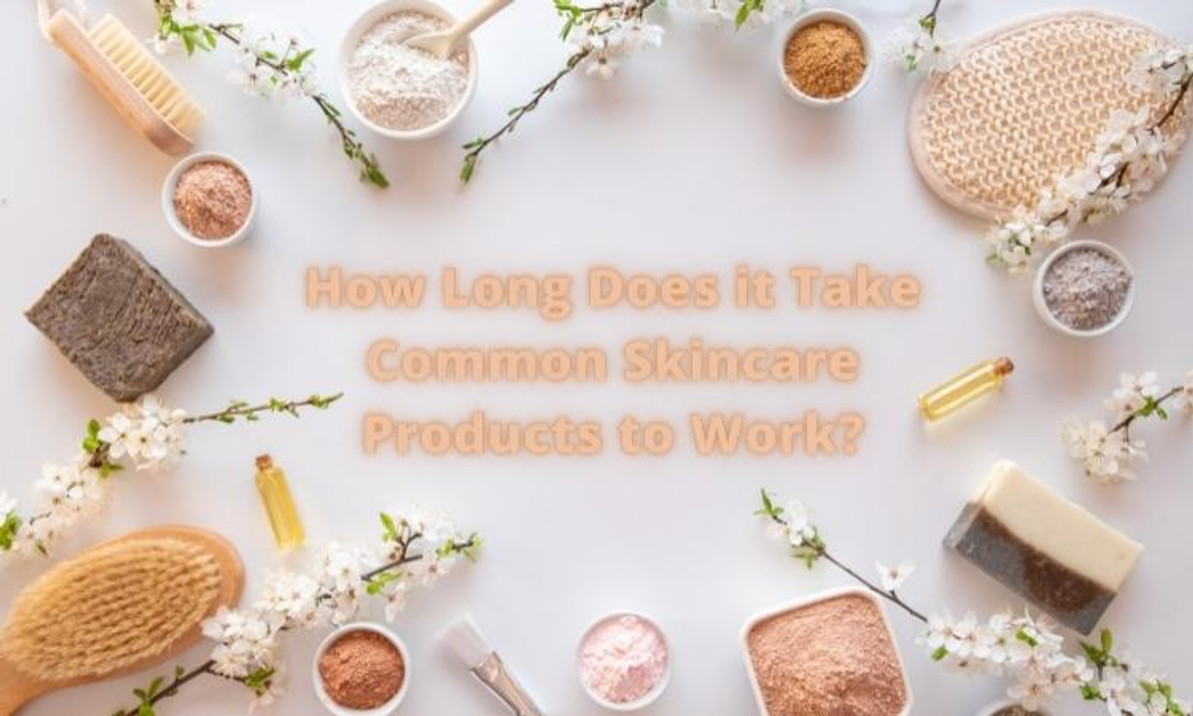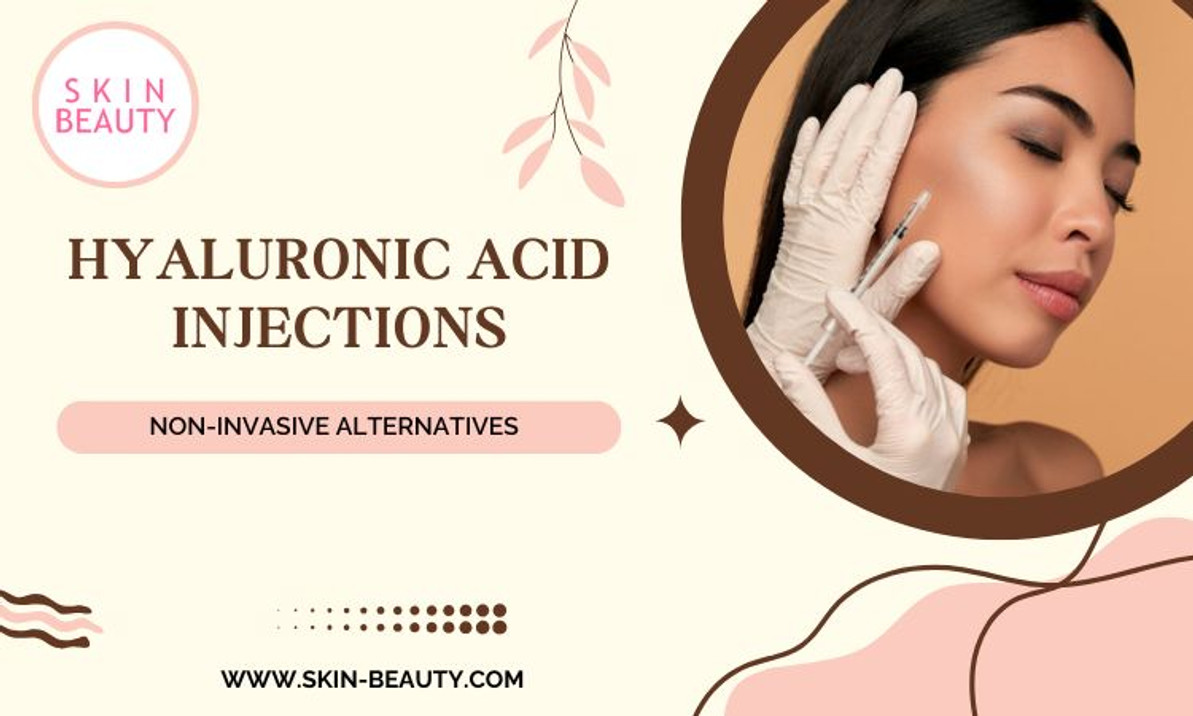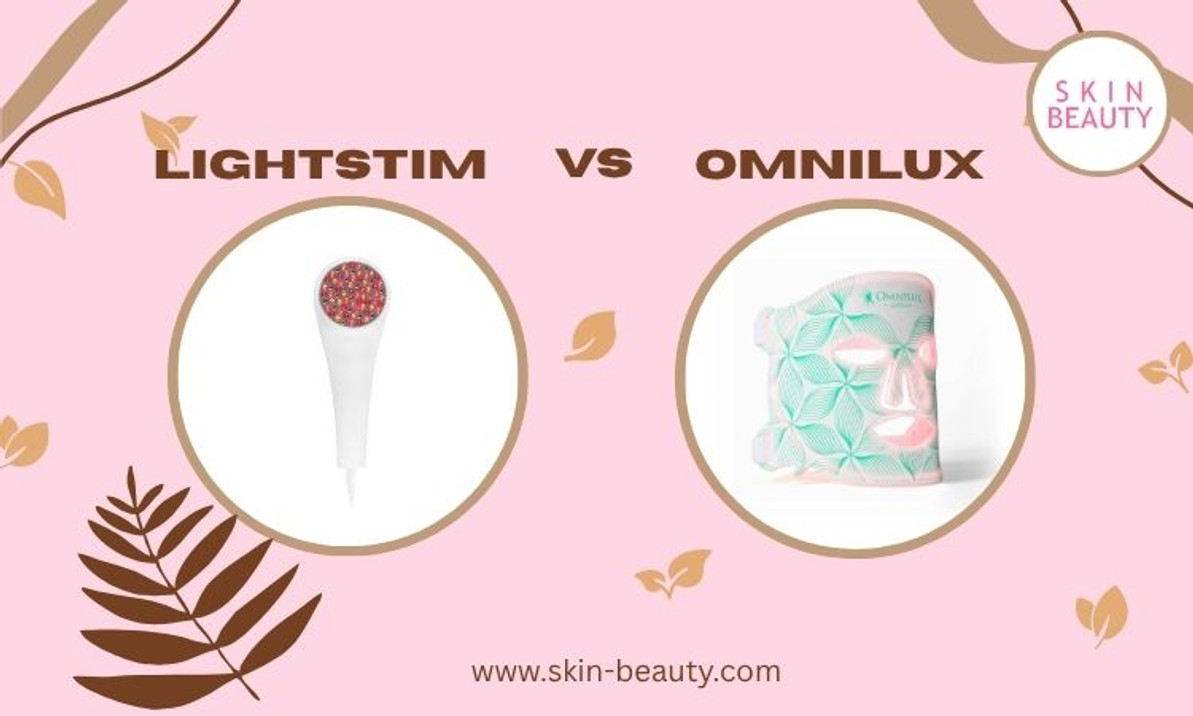How Long Does it Take Common Skincare Products to Work?
Expecting overnight results from skincare will set you up for disappointment. Makeup offers a quick look on the surface level, while skincare takes time because it works at a deeper cellular level. As a general statement, you should only start seeing fundamental changes in your skin after between one to three months of consistent skincare product use. However, you are not always guaranteed results, and it's more complicated than simply waiting a month; the potency of ingredients and products can vary, with some products working quicker than others. Furthermore, anything that claims to impart an instant glow will usually only brighten your skin for a short period or feature light-reflective particles to give the illusion of light (unless it's a cleanser or moisturizer).
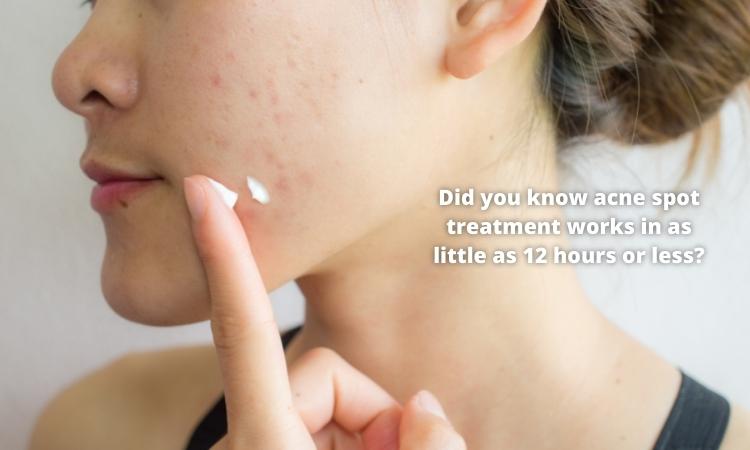
How Long Certain Products and Ingredients Can Take to Work on Your Skin
Cleansers (instant): A cleanser is essential for all skin types, and you should see results instantly after using a cleanser. Since it works at the surface level to clean your skin, it should work immediately, leaving your skin noticeably clean, soft, and smooth. If your skin feels a little tight, this is a sign that the cleanser is too harsh and strips away your natural oils. Always follow up with your serum and moisturizer to replenish hydration. *Our favorite cleanser- NeoGenesis Facial Cleanser
Moisturizers (instant-2weeks): Whether you have oily or dry skin, a moisturizer is one of the essential skincare steps. You should see a change in your skin immediately, especially if you have a hyaluronic acid product that plumps, smoothes, and hydrates the skin. When applying a good moisturizer, you should no longer feel tightness, flakiness, dryness, or oiliness. *Our favorite moisturizer- Emininence Mangosteen Gel Moisturizer
Serums & Treatments (3 weeks-2 months): Serums and treatments are packed with high concentrations of active ingredients that will target specific concerns. However, since these skin concerns are sub-dermal, it takes time for the active ingredients to penetrate and heal the inflammation. Therefore, it can take up to 8 weeks of consistent use to see results from a serum. *Our favorite serum- BiOn Pure Hydration Hyaluronic Serum
Exfoliants (instant-2 months): Once or twice a week, a chemical exfoliant will help unclog your pores and clear away dirt, oil, dead skin, and buildup. You will see an improvement in your skin after about 10 minutes of use; it should look brighter, smoother, and even-toned. However, if you want long-term, noticeable results from exfoliating, such as reduced blackheads, whiteheads, and acne, stay consistent for anywhere between 6-8 weeks. *Our favorite exfoliant- PCA Daily Exfoliant
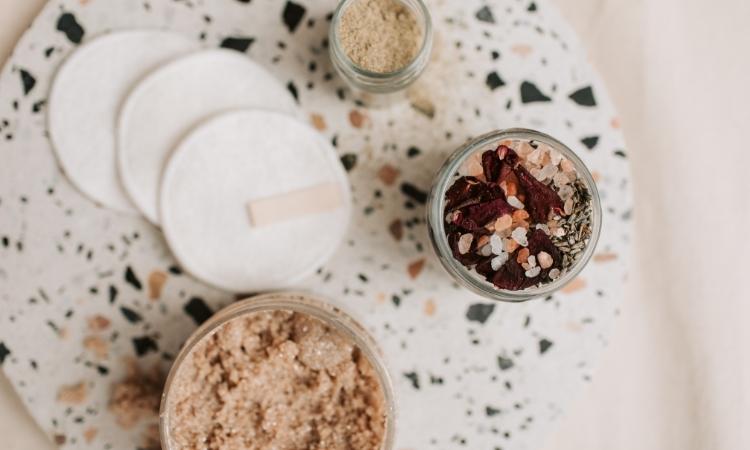
Retinol (6 weeks-6 months): Retinol is excellent at targeting wrinkles, fine lines, and acne. However, if using the product to treat acne, you must use it regularly for 4 – 6 weeks to see noticeable benefits or improvements. It takes 3 – 6 months to see results for wrinkles and aging because it takes a while for your skin to increase collagen production than to heal acne (collagen is what keeps your skin plump and youthful!). As a result, it's impossible to reverse aging. However, consistent use of retinol should help significantly diminish wrinkles and fine lines. *Our favorite retinol- Lira Pro Retinol Cream
Vitamin C (3 weeks-2 months): Vitamin C is a great ingredient to reduce hyperpigmentation, brighten your complexion, and even out your skin tone. You should see improvements within three weeks. In addition, it can help significantly fade hyperpigmentation in about two months. *Our favorite vitamin c- Circadia Vitamin C Reversal Serum
Hyaluronic Acid (15 minutes-8 weeks): Hyaluronic acid does wonders to replenish moisture in your skin instantly and is especially beneficial for dehydrated skin. Your skin should feel hydrated, soft, and plump upon application; if you use it consistently for eight weeks, you should also improve skin elasticity and smoothness. *Our favorite hyaluronic acid- AnteAGE Hyaluronic Acid Glide
Salicylic Acid (4-6 weeks): Salicylic acid is vital to help reduce blackheads, whiteheads, and acne. It works by dissolving oil, dirt, and dead skin cells. However, it takes a few weeks to start seeing the full effects. *Our favorite salicylic acid- Rhonda Allison Salicylic A Serum
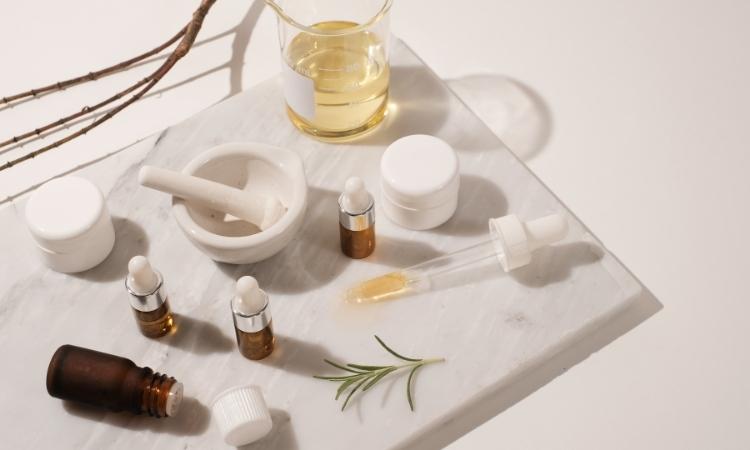
Toner (1-2 weeks): Similar to cleansers, toners should help clean your skin immediately, and your skin should feel smooth, soft, and calm. Toner is not designed to be a cleansing, so it would be best if you were toning clean skin. You should not notice any makeup, sunscreen, or grime on your cotton pad after toning; if you do, know you didn't cleanse your face properly. The double cleanse method is the best way to remedy this. First, wash with an oil cleanser, and follow up with a foam cleanser. For toners with added benefits like hydration or a specific function like pore care, expect to wait a minimum of two weeks to see any change in your skin. *Our favorite toner- Murad Hydration Hydrating Toner
Eye Cream (4-8 weeks): Depending on the severity of the issue you are trying to treat, you can usually see results after about four weeks. The other thing to remember is to treat your body kindly because many issues around the eye are caused by external factors like lack of sleep, stress, poor hydration, and pollution. *Our favorite eye cream- Repechage Hydra Dew Pure Eye Contour Cream
AHA's and BHA's (instant-12 weeks): AHAs and BHAs are liquid exfoliators that remove things that can dull skin, like dead skin cells and clogged pores. AHAs are water-soluble hydroxy acids and are perfect for treating dull, dry, lackluster skin, while BHAs are for unclogging pores and work wonders for oily, acne-prone skin. Regarding how long you'll have to wait to see results from these two ingredients, patience is of utmost importance. Do not be tempted to up your strength just because you don't see results immediately. Your skin's surface doesn't always show adverse reactions immediately, even though damage may occur. *Our favorite AHA and BHA- Murad Hydration AHA BHA Exfoliating Cleanser
Acne Spot Treatment (12 hours): The key is not to squeeze or touch any blemish on your face. Please wait until it's ready to be popped. In the meantime, you can use an acne patch to help speed up the healing process and minimize the appearance of your spot within 8-12 hours. *Our favorite acne spot treatment- Image Skincare Clear Cell Clarifying Acne Spot Treatment
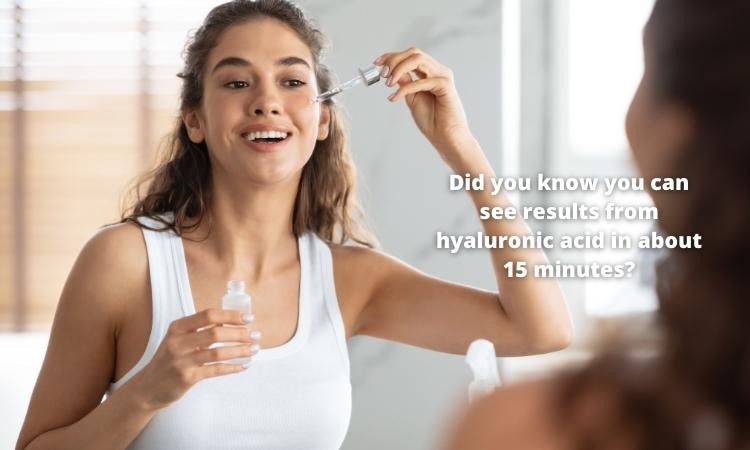
How to Tell if a Product Isn't Working
Just because one product works perfectly for one person doesn't mean it will do the same for your skin. The quickest way to test if a product will be right for you is to patch test it. On average, there are three separate tests you can run to push for three different reactions:
1. Test for Allergies
Apply the product behind your ear and if your skin tingles or breaks out in red, bumpy, and splotchy patches, discontinue use immediately. Move on to the second test if there is no reaction from this.
2. Test for Irritation
Apply your product to a small section of the face or neck. If irritation starts, it's important to note the kind of irritation. For example, suppose you are testing out an acid (a product containing a BHA, AHA, glycolic acid, lactic acid, and so forth). In that case, this is a normal reaction and doesn't necessarily indicate a problem. On the other hand, if no unusual irritation occurs, you can move on to the last test to check whether the product causes you to break out or your pores become clogged.
3.Test for Clogging
Apply the product to areas where you experience the most breakouts. Your product is unsuitable if you experience cysts, whiteheads, clogged pores, or active acne.

How Long Should a Patch Test Take?
The ideal patch test time frame is two weeks for each product, but some people can tell right away whether a product is working for them or not. If you don't know immediately, remember that the skin renews itself every 28 days, so reassess whether you think the product is working for you after a month.
The Key to Skincare is Patience and Consistency
Everyone's skin is different, and each ingredient will work uniquely on your skin compared to someone else. So while using these time frames as a general guide, they should all be taken with a grain of salt. An essential piece of information to take away is that glowing skin takes time, and patience is your friend. The goal is to find products that work for your skin long-term, not your skin right now. If you constantly change your skincare routine and add new products, you won't give your skin a chance to adjust or progress. The best way to care for your skin is to be consistent in your routine.
How Often Does Skin Cell Turnover Happen?
Your skin cells are constantly replacing themselves through regeneration and repair. The skin cells are shed continuously on a cellular level, revealing fresh, newly grown skin cells underneath, so scars and blemishes may fade a little with time. If you take some time to understand the science behind your skin's life cycle, it can help you care for your skin while it goes through the regeneration process. Patience with the process can also help boost your skin's natural regeneration and give it a fresh new glow. The epidermis is estimated to turn over every 40 to 56 days. When we're young, exfoliation happens naturally, but this process is altered and slows down as we age. The typical 28-day turnover time for skin increases by about 30 to 50 percent by age 80. For most people over 50 years old, the process can take up to 84 days. The slowdown's side effects cause buildup and many dead skin cells, making your skin look tired, dull, and opaque.
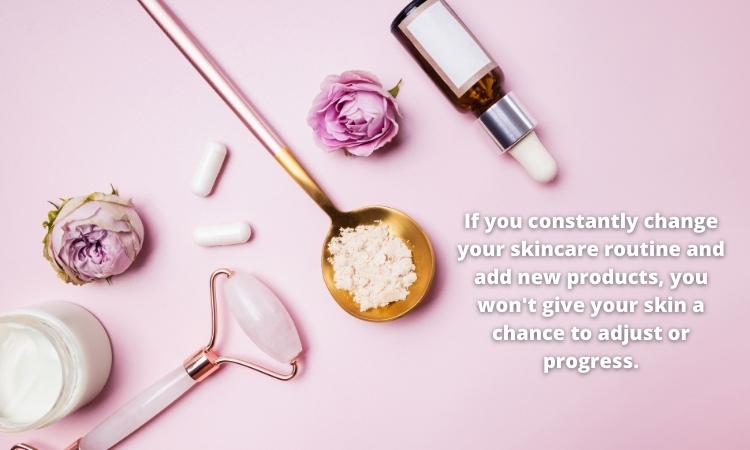
What Happens During a Skin Cell Regeneration Process?
- New skin cells are formed in the epidermis.
- They naturally disappear as skin cells mature and die on the epidermis's upper layer.
- You may be left with a scar if you have a cut or burn because fibroblasts in scar tissue form differently than normal tissue. However, by improving your skin regeneration, you may notice that scars gradually fade as new, healthy skin tissue forms.
Four Tips to Help Increase Skin Cell Turnover
Skin cell turnover is when your skin sheds to eliminate dead skin cells. What you've lost will replace newer, younger cells, resulting in fresh, younger-looking skin. We've four top tips that will help increase your skin cell turnover.
1. Strengthen your skin
Collagen acts as our skin's bodyguard. It protects our skin from harmful bacteria and other irritating elements that threaten to invade our bodies. To perform its job well, we need to make sure our collagen is nourished with amino acids, glycerine, proline, and lysine so it can continue to stand guard and be a solid first line of defense. We can help collagen formation and promote skin cell turnover by eating protein-rich foods like fish, meat, eggs, beans, nuts, and seeds.
2.Take supplements
Bodies produce less collagen when we are older than when we are younger. By the time we've reached our mid-20s, our collagen levels start to become depleted. So, supplementing our healthy diet is a must, aside from eating foods rich in protein to increase our collagen.
3.Give your face a massage
Facial oils are delicious food for our skin. Stimulate your skin cell turnover by slowly and carefully massaging face oils on your face as if you're kneading, but very gently, to keep the blood in your face circulating. Once in this daily habit, over time, your skin cells will regenerate more quickly, and your face will look more youthful – even as you age. *Our favorite facial massage tool- ZAQ Rose Quartz Butterfly Gua Sha Scraping Massage Tool
Retinol is one of the most effective ingredients for increasing skin cell turnover and fighting aging skin. It helps reduce fine lines, dull areas, and wrinkles while protecting our skin from blemishes. These essential products are:
These products will serve you well in your natural skincare journey. They act as a protective shield against harmful elements during the day and as agents to rejuvenate, heal, and repair your skin while you sleep.
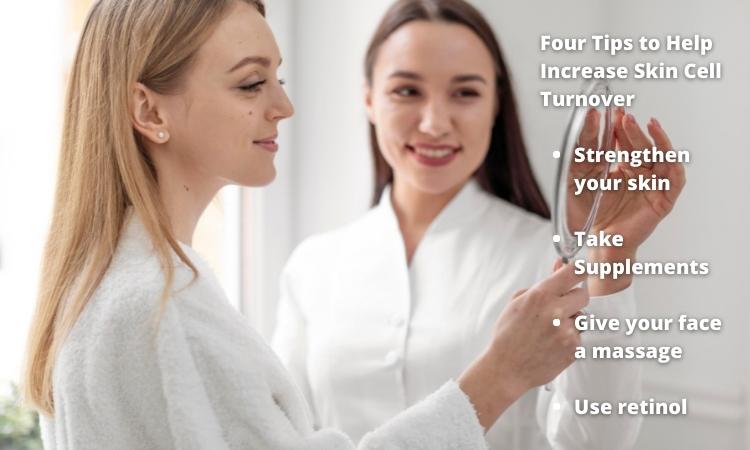
How to Help Boost Skin Regeneration Through Healthy Habits
As we age, skin regeneration slows down, leaving an accumulation of dead skin cells. By boosting the natural skin regeneration process, you can help look fresh and feel elastic, even as you age. In addition, making healthy choices can help to keep the skin regeneration process functioning optimally.
We suggest:
- exercise often
- a nutrient-dense diet daily
- staying hydrated
- reducing stress
- protecting against environmental factors
We recommend eating plenty of protein, such as:
- nuts
- beans
- fish
- poultry
- seeds
Proteins are vital for tissue repair and the construction of new tissue. Cells need protein to maintain life, so the body uses protein to replace dead skin cells. Look for foods that are high in antioxidants, like:
- blueberries
- strawberries
- apples
- ginger
- turmeric
Including antioxidants like these in your diet may help improve the glow and luster of your skin.
Does Aloe Vera Help Skin Regenerate?
Aloe vera encourages cells and helps keep the skin hydrated and protected. It also has natural antioxidant and anti-inflammatory properties. Aloe vera is an excellent ingredient because it's well known for its revitalizing and calming properties. It's also hugely influential for hydration. While aloe vera is perfect for boosting regeneration, there are other ingredients. Trending skin regeneration ingredients are algae, mushrooms, and hyaluronic acid derivatives.
Ingredients to Help Speed Up the Skin Regeneration Process
Certain skin care products can also help improve the natural cell turnover process, hydrate the skin, and eliminate dead skin cells. Find ingredients like:
Use products with vitamin B3 because it's a necessary component of cell metabolism, also known as niacinamide. It is required for skin processes that help maintain healthy skin.
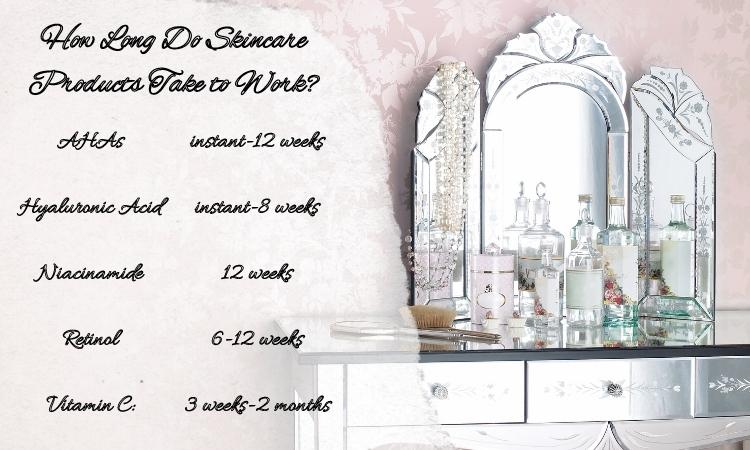
Natural Ingredients to Promote Rapid Skin Cell Turnover
Some of these natural ingredients may help boost your skin's health and promote the skin regeneration process:
- papaya extract
- jojoba oil
- rosehip oil
- citrus extracts, like orange peel
Many plant extracts, including papaya, showed antioxidant and antiwrinkle effects. However, extracts that used ethanol as a cosolvent showed more significant effects. Jojoba and rosehip may help with skin barrier repair, wound healing, antioxidant effects, and antiaging. Orange peel extract could provide helpful protection against UV damage. It would be best to look for natural skin care products containing these ingredients. Citrus increases photosensitivity or sensitivity to light. Use caution when applying citrus to the skin by avoiding direct sun exposure and sun protection. Never apply any citrus oils directly to the skin, as they can have harmful effects in the sun.
Does Older Skin Regenerate?
Aging slows the skin regeneration process but doesn't stop it completely. Since the process becomes much slower as we age, the skin can appear thicker, less flexible, and more wrinkled because the slower the regeneration, the more dead skin cells remain on the face.
Professional Procedures That Boost Skin Cell Rejuvenation
If you want to exfoliate deeper, a dermatologist will be able to offer a more intensive skin resurfacing procedure to kick-start skin rejuvenation. But, again, make sure you find a dermatologist who is board certified.
We suggest:
- laser skin resurfacing
- microdermabrasion
- chemical peels
- microneedling
However, there's no one-size-fits-all for the skin, so you must speak with your dermatologist to help decide the best approach for the results you want to achieve. Skin regeneration is a natural cycle. Dead skin cells from the top of the epidermis fall away, revealing newly created cells. You can encourage a bright glow even as you age by encouraging this cycle with a healthy lifestyle and skincare routine. Just remember, while boosting skin regeneration is possible, it's natural for the process to slow down as you age.
Recent Posts
-
Hyaluronic Acid Injections
Hyaluronic Acid Injections: What to Know & Non-Invasive Alternatives That Actually Work In the p …Jun 17th 2025 -
Kojic Acid Creams
My Kojic Acid Journey: How One Ingredient Transformed My Skin (And the Best Kojic Acid Creams to Try …Jun 11th 2025 -
LightStim vs. Omnilux
LightStim vs. Omnilux: My Real LED Skincare Results & Which One I Recommend LED light therapy&nb …Jun 3rd 2025

